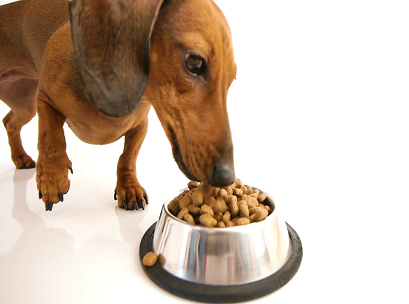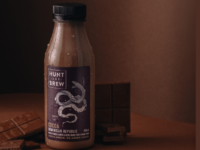 Australians love their pets! In fact, we have one of the highest rates of pet ownership in the world, with about 62 per cent of Australian households owning pets, according to the RSPCA.
Australians love their pets! In fact, we have one of the highest rates of pet ownership in the world, with about 62 per cent of Australian households owning pets, according to the RSPCA.
It’s no surprise then that Australia’s pet food business is booming. However, the A$4 billion industry has been fraught with controversy in recent months as it became the focus of a Senate inquiry.
Currently, the industry is self-regulated and manufacturers are under no obligation to recall products even in the case of a product harming or killing an animal.
But when a popular dog food brand caused a spate of deaths late last year, politicians and members of the peak body for the industry, Pet Food Industry Association of Australia (PFIAA) called for better regulation of manufacturers
Advance Dermocare voluntarily recalled its dry dog food after a number of dogs that had eaten the food contracted megaesophagus, an enlargement of the oesophagus. Following a scathing Senate inquiry report into the industry, an independent working group was set up to focus on mandating pet food standards and draft a safety policy framework.
Dangers of raw pet food exposed
While the industry is undergoing intense scrutiny, a new European study compounded the potential dangers of traditional raw meat pet food. Swedish researchers discovered high levels of bacteria in raw meat dog food that may pose health risks for pets as well as any person with a compromised immune system, including children and the elderly.
Sixty raw pet meat products available commercially in Europe were tested, and each sample was found to be contaminated with Enterobacteriaceae, a strain of bacteria belonging to the same family as E. coli.
While human-grade meat is tightly regulated and often subject to bacterial contamination testing, meat intended as food for pets isn’t legally required to undergo bacterial testing in Australia. Therefore it is unknown if pet meat here is contaminated like the samples in this study.
While there are laws on how pet meat is manufactured and handled, these are mainly concerned with protecting humans from contamination and exposure to the pet meat, rather than ensuring its safety for pets.
Doggie diets
With all the bad press around traditional pet food, it’s no surprise that more and more alternative options are coming on the market. Vegetarian, vegan, gluten-free and low-allergenic options are now a common sight on supermarket shelves to meet the demand of concerned pet owners.
Although traditional raw meat pet food has come under scrutiny, many dog owners are now seeing value in a raw food diet for their pets, comprised of human-grade meats and raw fruits and vegetables. These foods are unrefined and minimally processed so are less likely to have a bacterial threat.
Traditionally, dogs’ diets have included raw meat and over time their stomachs have adapted to be able to manage human leftovers including starchy foods such as grains, beans and potatoes. More research needs to done to determine whether this “butcher’s diet” is a viable option in the long term.
Grub’s up
In January, a new player entered the pet food market, when Yora, the UK’s first dog food made from insects, went on sale. Environmental experts have long recommended insects as a sustainable food source, resulting in a rise in insect snacks for human consumption, and pet food manufacturers have taken note. Yora’s manufacturers say that the alternative pet food could help reduce the environmental damage caused by the massive volumes of meat fed to dogs and cats.
“I love dogs, but their diet is just not very good for the environment,” Yora founder Tom Neish says on the website. “I had my eureka moment when I tried an energy bar made from cricket flour. It was delicious and I wondered if insects could provide the perfect protein for pets.”
Yora claims that the resources needed to produce 10 kg of protein from beef are 2100 m² of land – which generates 1500 kg of greenhouse emissions and uses 1,120,000 litres of water. The equivalent values to produce 60 kg of insects used in its products are 45 m² of land and 54,000 litres. Besides the environmental benefits, insects are also considered very nutritious, containing essential proteins, fats, minerals and amino acids, and are easy for animals to digest.
In Yora’s manufacturing process, the insects are dried and ground with oats, potato and “natural botanicals” to form dried pellets. A “wet” version is also expected to launch later this year. While Australia is well behind the UK in terms of adopting insects as ingredients in human and pet products, it won’t be long before insect innovation starts to hit this category.
This article first appeared in the April issue of Inside FMCG’s quarterly magazine. Subscribe to the magazine here.
















